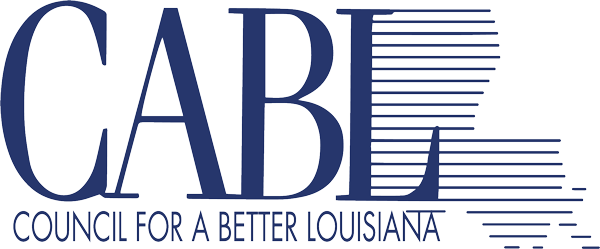
A special task force created by the Legislature last year has issued a new report on expanding opportunities for students to earn college-level credits while they are still in high school. It’s a report that legislators and other policy makers should take a close look at because it offers a solid strategy that can help raise education attainment in Louisiana and strengthen our workforce.
It’s typically referred to as dual enrollment and it offers a way for high school students to get college credit for some of the courses they take before they graduate. For students, there are many benefits.
Dual enrollment gives them exposure to college-level technical or academic courses while they’re still in high school, it helps smooth their transition from high school to postsecondary education, it gives them a head start on earning college credit, and it saves them money. Most importantly, research shows students who take dual enrollment courses have a better chance of continuing their education after high school and ultimately earning a credential worth far more than that high school diploma.
The good news is that participation in dual enrollment has grown significantly over the last decade from around 20,000 students in 2008-2009, to almost 30,000 last year. But beneath those positive trends are some problems.
In terms of students from public schools, white students make up almost two-thirds of dual enrollment participants while they represent less than half of students currently enrolled in public high schools. African-American participation in dual enrollment programs was less than 30-percent. Clearly, there is an equity gap for students of color that needs to be addressed.
Beyond that, opportunities for dual enrollment vary from district to district so access to these courses is largely a function of where you live. Some districts offer robust course offerings for students to choose from, while in others the choices are limited. Some pay for all or most of the costs for dual enrollment. Others pay little or nothing. So, access to these courses across the state is piecemeal at best.
The Dual Enrollment Task Force sought to address these issues by developing a road map for policy makers to make dual enrollment classes more accessible for all students. Some of its recommendations are technical and deal with strategies to help accredit more educators to teach the classes and make more course offerings available.
But the overarching vision is to guarantee that every student has free access to at least four college-level courses while still in high school. And to broaden participation, it urges school districts to assess student readiness for college work in the early years of high school and provide students with the additional preparation they need to qualify for dual enrollment courses.
All of that won’t happen overnight, but it’s a goal we should seek to attain. In the meantime, the governor has proposed $3.5 million in this year’s budget as seed money to fund dual enrollment pilot programs focused on rural areas and underserved regions of the state. It’s an effort we hope lawmakers will support.
CABL served on the Dual Enrollment Task Force and improving access for high school students to earn college-level credits is a key part of our RESET Louisiana agenda in partnership with the Public Affairs Research Council and the Committee of 100 for Economic Development.
We know that expanded opportunities for dual enrollment is good policy. And we know that it helps students, strengthens our workforce, and can increase the prosperity of our state.
While there are challenges to achieving the universal access we seek, they are far outweighed by the benefits we will reap when that goal is accomplished.
